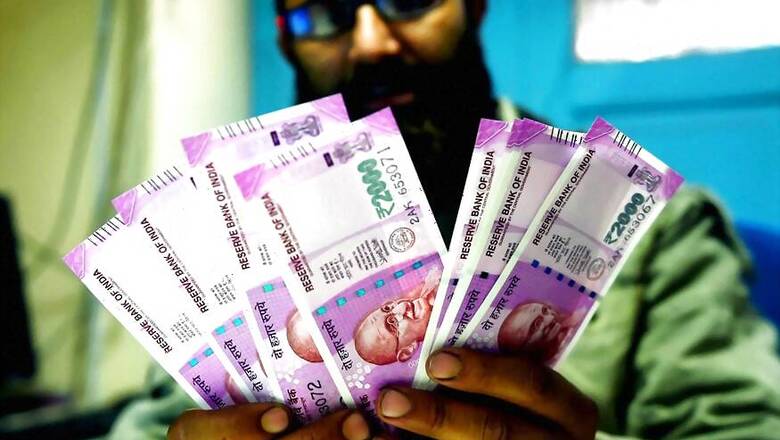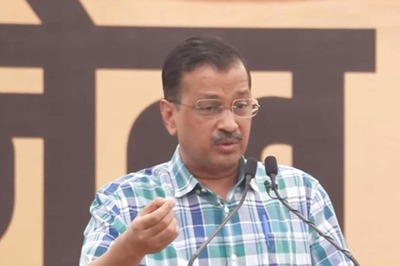
views
Every individual and organisation needs to be prepared to face times of crisis and unforeseen emergencies. It is essential for them to have a financial backup to deal with times of crisis. This is applicable even for countries that have to be prepared for the worse.
The fund that is set up specifically to meet the challenges at the time of a crisis is known as the contingency fund. It is the money or securities set aside to cover unexpected conditions or losses in business, usually supplementing a contingency reserve.
The purpose of the fund is to improve financial security by creating a safety net of funds that can be used to meet emergency expenses as well as reduce the need to use high-interest debt, such as credit cards, as a last resort.
When it comes to India, the concept gains significance based on the fact that the country’s Parliament was authorised by the Constitution to set up a contingency fund to deal with emergency situations. Based on this, the Contingency Fund of India was set up under Article 267(1) of the Indian Constitution.
The Secretary to the Government of India, Ministry of Finance, Department of Economic Affairs holds the fund on behalf of the President. While earlier the fund had a limit of Rs 50 crore, it was raised to Rs 500 crore in the last decade. It is also essential to take approval from the Parliament before the money from the fund is used.
Similarly, Article 267(2) of the Indian constitution authorises state legislatures to set up contingency funds for the states in order to meet emergency situations. The fund will be kept under the disposal of the State Governor and any use of the fund can be done after gaining approval from the State legislature.
Lately, the RBI and the Government has been in a to-and-fro over the Contingency Fund after the RBI set aside Rs 13,140 crore for the fund last year.




















Comments
0 comment